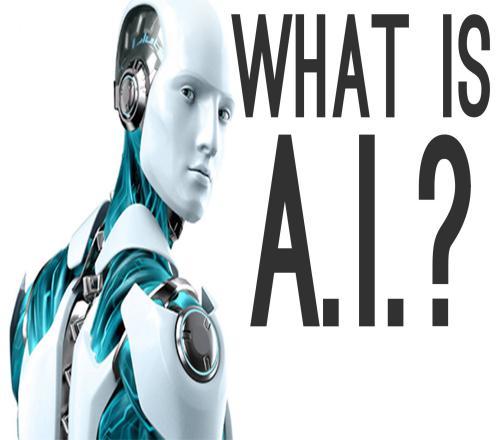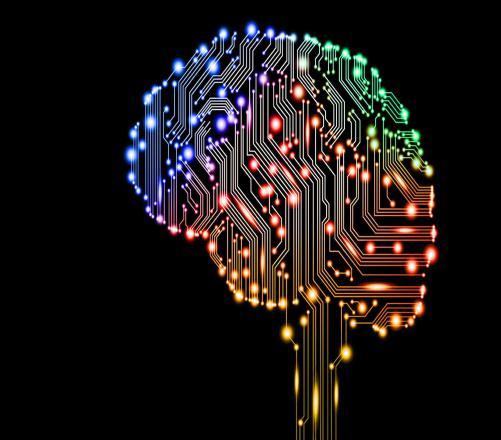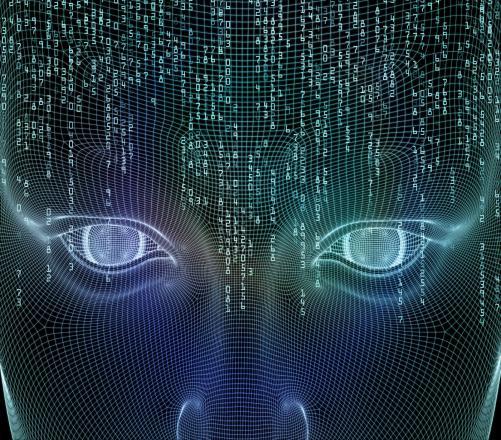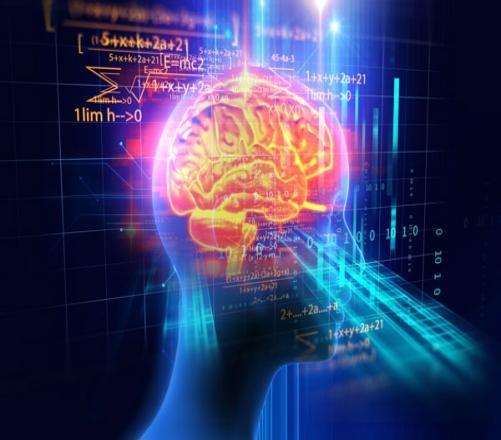How Much Do You Know Artificial Intelligence (Ai)?
(313).jpg)
Hey, check out this awesome quiz based on artificial intelligence (AI) and find out how much do you know about this technology. Artificial Intelligence (AI), also known as Machine Intelligence, is a form of intelligence displayed by machines through which they execute assigned tasks. Just answer the questions below and get to know how much you really are aware of this topic. So, are you ready to play this quiz? Let's start then.
- 1.
The intelligence displayed by humans and other animals is termed?
- A.
Constance
- B.
Ability
- C.
Natural intelligence
- D.
Cognition
Correct Answer
C. Natural intelligenceExplanation
Natural intelligence refers to the cognitive abilities displayed by humans and other animals. It encompasses the ability to learn, reason, problem-solve, and adapt to different situations. This term acknowledges that intelligence is not solely limited to humans but is also present in other species. It highlights the innate capacity of living beings to process information, make decisions, and exhibit complex behaviors based on their environment and evolutionary adaptation.Rate this question:
-
- 2.
Any device that perceives its environment and takes actions that maximize its chance of success at some goal is termed?
- A.
Input
- B.
Intelligent agent
- C.
Data
- D.
Processor
Correct Answer
B. Intelligent agentExplanation
An intelligent agent refers to any device that is capable of perceiving its surroundings and making decisions or taking actions to maximize its chances of achieving a specific goal. This term encompasses devices that use data processing capabilities to analyze information from their environment and make informed choices to achieve their objectives.Rate this question:
-
- 3.
In what year was Artificial intelligence founded as an academic discipline?
- A.
1990
- B.
1956
- C.
1912
- D.
1909
Correct Answer
B. 1956Explanation
In 1956, Artificial intelligence was founded as an academic discipline. This marked the beginning of the formal study and research in the field of AI. It was during this time that the Dartmouth Conference took place, where the term "Artificial Intelligence" was coined, and researchers from various fields came together to explore the potential of creating intelligent machines. This event laid the foundation for the development and advancement of AI as an academic discipline.Rate this question:
-
- 4.
An evolved definition of Artificial Intelligence led to a phenomenon known as the
- A.
Formulation
- B.
Data processing
- C.
AI Effect
- D.
Machination
Correct Answer
C. AI EffectExplanation
The AI Effect refers to the tendency of people to disregard or downplay the capabilities of artificial intelligence once they become familiar with it. This phenomenon occurs because as AI technology advances and becomes more prevalent, it is often seen as a normal part of everyday life rather than something extraordinary. People may not recognize AI as true intelligence because it lacks human-like qualities, leading to a perception that it is not as advanced as it actually is. As a result, the AI Effect can hinder the recognition and appreciation of the true potential of artificial intelligence.Rate this question:
-
- 5.
Which of these is a tool used in Artificial Intelligence?
- A.
Art
- B.
Design
- C.
Input
- D.
Neural networks
Correct Answer
D. Neural networksExplanation
Neural networks are a tool used in Artificial Intelligence. They are a set of algorithms that are designed to recognize patterns and learn from data. Neural networks are inspired by the structure and functioning of the human brain, with interconnected nodes or "neurons" that process and transmit information. They are used in various AI applications, such as image and speech recognition, natural language processing, and predictive analytics.Rate this question:
-
- 6.
Which of the following is a fundamental goal of research in Artificial Intelligence?
- A.
Reasoning
- B.
Coupling
- C.
Mastering
- D.
Data
Correct Answer
A. ReasoningExplanation
Research in Artificial Intelligence aims to develop systems that can reason, or think logically and make intelligent decisions. Reasoning is a fundamental goal because it allows AI systems to understand complex problems, analyze information, and generate solutions. By improving reasoning capabilities, AI can simulate human-like thinking and problem-solving, leading to advancements in various fields such as robotics, natural language processing, and autonomous vehicles.Rate this question:
-
- 7.
Which of these is a field that is closely related to AI?
- A.
Wiring
- B.
Drawing
- C.
Mathematics
- D.
French
Correct Answer
C. MathematicsExplanation
Mathematics is a field that is closely related to AI because it provides the foundation for many AI algorithms and techniques. AI involves the use of mathematical models and algorithms to create intelligent systems that can learn, reason, and make decisions. Mathematics is used in areas such as machine learning, neural networks, optimization, and probability theory, which are fundamental to AI research and development. By applying mathematical concepts and techniques, AI systems can analyze data, recognize patterns, and make predictions, enabling them to perform tasks that traditionally require human intelligence.Rate this question:
-
- 8.
An essential field which is central to Artificial Intelligence research is?
- A.
Compilation
- B.
Art
- C.
Knowledge engineering
- D.
Mastering
Correct Answer
C. Knowledge engineeringExplanation
Knowledge engineering is the correct answer because it refers to the process of developing knowledge-based systems by capturing, organizing, and applying knowledge in a specific domain. In the field of Artificial Intelligence, knowledge engineering plays a crucial role in designing intelligent systems that can reason, learn, and make decisions based on the knowledge they possess. It involves techniques such as knowledge representation, knowledge acquisition, and knowledge validation, which are fundamental to the development of AI technologies.Rate this question:
-
- 9.
The study of computer algorithms that improve automatically through experience is termed?
- A.
Compilation
- B.
Formulation
- C.
Machine learning
- D.
Ability
Correct Answer
C. Machine learningExplanation
Machine learning is the correct answer because it refers to the study of computer algorithms that improve automatically through experience. It involves training a computer system to learn from data and make predictions or decisions without being explicitly programmed. This field of study focuses on developing algorithms and models that can automatically learn and improve from experience, making it a key aspect of artificial intelligence and data analysis.Rate this question:
-
- 10.
The ability to find patterns in a stream of input is referred to as?
- A.
Unsupervised learning
- B.
Optimization
- C.
Inclination
- D.
Mobilising
Correct Answer
A. Unsupervised learningExplanation
Unsupervised learning refers to the ability to find patterns in a stream of input without any prior knowledge or labeled examples. It involves discovering hidden structures or relationships in the data and clustering similar data points together. This process is different from optimization, which focuses on finding the best solution for a given problem, and inclination and mobilizing, which are unrelated terms in the context of finding patterns in a stream of input.Rate this question:
-
Quiz Review Timeline +
Our quizzes are rigorously reviewed, monitored and continuously updated by our expert board to maintain accuracy, relevance, and timeliness.
-
Current Version
-
Sep 30, 2024Quiz Edited by
ProProfs Editorial Team -
Jan 10, 2018Quiz Created by
Jaksiboy
 Back to top
Back to top












